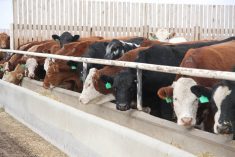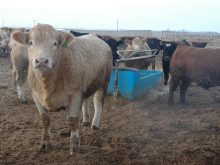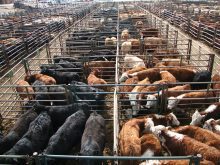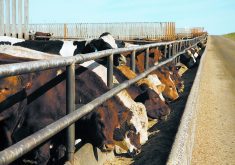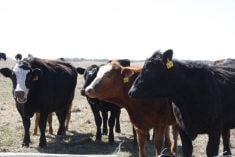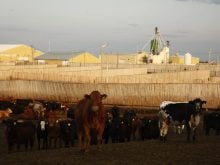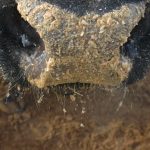Fed prices high
For the week ending Dec. 20, Alberta fed cattle prices traded $3-$4 per hundredweight higher than the previous week, hitting the highest point since July.
Despite excitement around higher prices, basis levels remain historically weak. In mid-December, Alberta fed prices traded at a $22-$23 per cwt. discount against Nebraska, one of the weakest basis levels seen in 2024.
Read Also
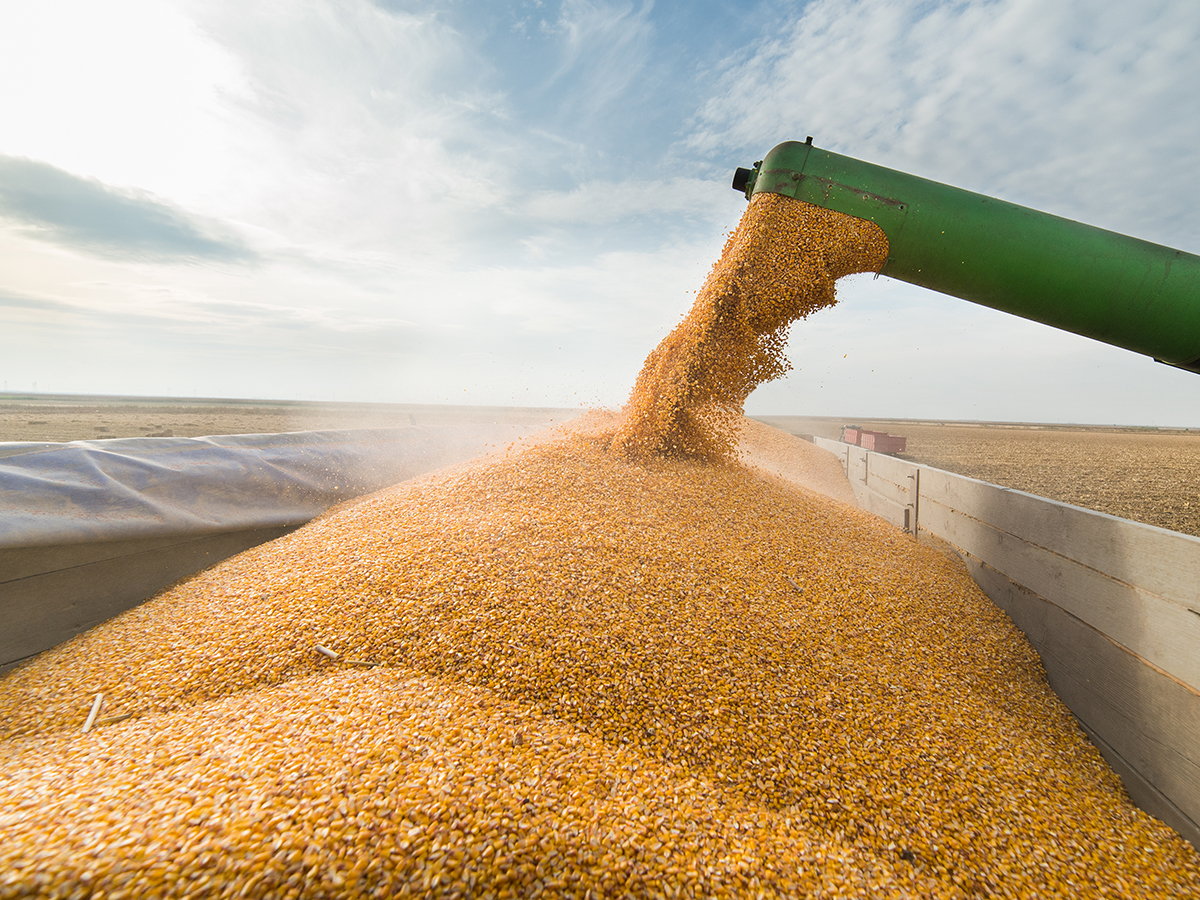
Cycle swings dictate farming profitability
Beneath the daily cacophony of tariffs, politics and extreme weather, cyclic market swings quietly exert more impact on farmers’ bottom lines than any of the media noise.
Heading into the holidays, sales volumes were light. Dressed sales were reported from $418-$420 per cwt. delivered. U.S. packer interest was supportive, and light volumes were marketed south. Sales to the United States were in the low to mid $260s per cwt. f.o.b. the feedlot and were at a premium over local deals.
Even though cattle are being shipped at lighter weights, quality grade continued to impress. Canadian Prime and AAA grading was reported to be slightly more than 83 per cent. For December, quality grade percent was record high.
The softer Canadian dollar should be supportive to beef exports. Moving into 2025, feedlot break-evens will be record high, and protecting margins will be essential.
For the week ending Dec. 20, in the U.S., dressed sales in the northern feeding states were from US$302-$312 per cwt. and live sales were at $195 per cwt., fully steady. Sales in Texas and Kansas were at $191 per cwt.
Earlier that week, California declared a state of emergency in response to bird flu, which may have contributed to a sell off on the futures market.
In the latest WASDE report, the U.S. Department of Agriculture revised 2025 U.S. beef production 615 million lb. lower compared to the previous month. Lower production was related to restrictions on feeder cattle imports from Mexico.
Cow price rises
Auction mart volumes were expected to be light to end the year. Alberta D2 and D3 cows were $4-$5 per cwt. stronger, averaging $177 per cwt. and $163 per cwt., respectively. Butcher bulls closed the week $1 per cwt. stronger, averaging $192, while feeder cows were up almost $3 per cwt. Rail grade cows were $5-$10 per cwt. higher the week of Dec. 20, ranging from $340-$350 per cwt.
In Ontario, D2 cows traded barely steady, while D3 cows were around $1 per cwt. softer. For November, western Canadian cow slaughter, at 26,000 head, was the third smallest November volume since 2005, behind only 2015 and 2020.
Eastern Canadian cow slaughter, at 8,700 head in November, was the third smallest November volume going back to 1998, with only 2015 and 2019 smaller.
Alberta D2 cows have been at 41 per cent of the 85 per cent trim price for the last four months and six of the last seven months of 2024. Since January 2015, Alberta D2 cows have averaged 36 per cent of the 85 per cent trim price, with a high of 46 per cent in October 2015 and a low of 20 per cent in November 2021.
Lots at auction
For the week ending Dec. 20, Alberta auction volumes, at 28,387 head, were nearly double the volume from the same week last year and the highest for this period since 2012. Year-to-date volumes, at 1.61 million head, are down 11 per cent from 2023 and three per cent below the five-year average.
Calves 400-600 lb. traded $1.58-$6.73 per cwt. softer than the week ending Dec. 13, showing some stability after 13 consecutive weeks of stronger prices, and 600-900 lb. and heavier steers and heifers traded steady to $2 per cwt. stronger.
Based on the five-year average, 550 lb. calves tend to trade steady to stronger during the first quarter, while 850 lb. feeders generally remain steady to softer in the first quarter.
Forward delivery steers weighing 800-900 lb. in Alberta, Saskatchewan and Manitoba, for February delivery, averaged $374.60 per cwt., a $19.81 per cwt. premium compared to the mid-December price.
Bred cows ranged from $2,300-$5,300 per head, averaging $3,991 per head. Bred heifers ranged from $3,000-$7,100 per head, averaging $4,396 per head. Since the second week of November, this was the second time breeding stock prices had softened.
For the week ending Dec. 7, Canadian feeder cattle exports to the U.S. were 1,653 head, down 40 per cent from last year. Year-to-date feeder cattle exports were 15 per cent below year ago at 145,623 head.
Cut-out price up
In U.S. beef trade, cut-outs finished the last full week of 2024 stronger. Choice cutouts moved 1.7 per cent higher to US$320.69 per cwt., while Select was up 1.3 per cent to $284.11 per cwt.
This cattle market information is selected from the weekly report from Canfax, a division of the Canadian Cattle Association. More market information, analysis and statistics are available by becoming a Canfax subscriber by calling 403-275-5110 or at www.canfax.ca.


